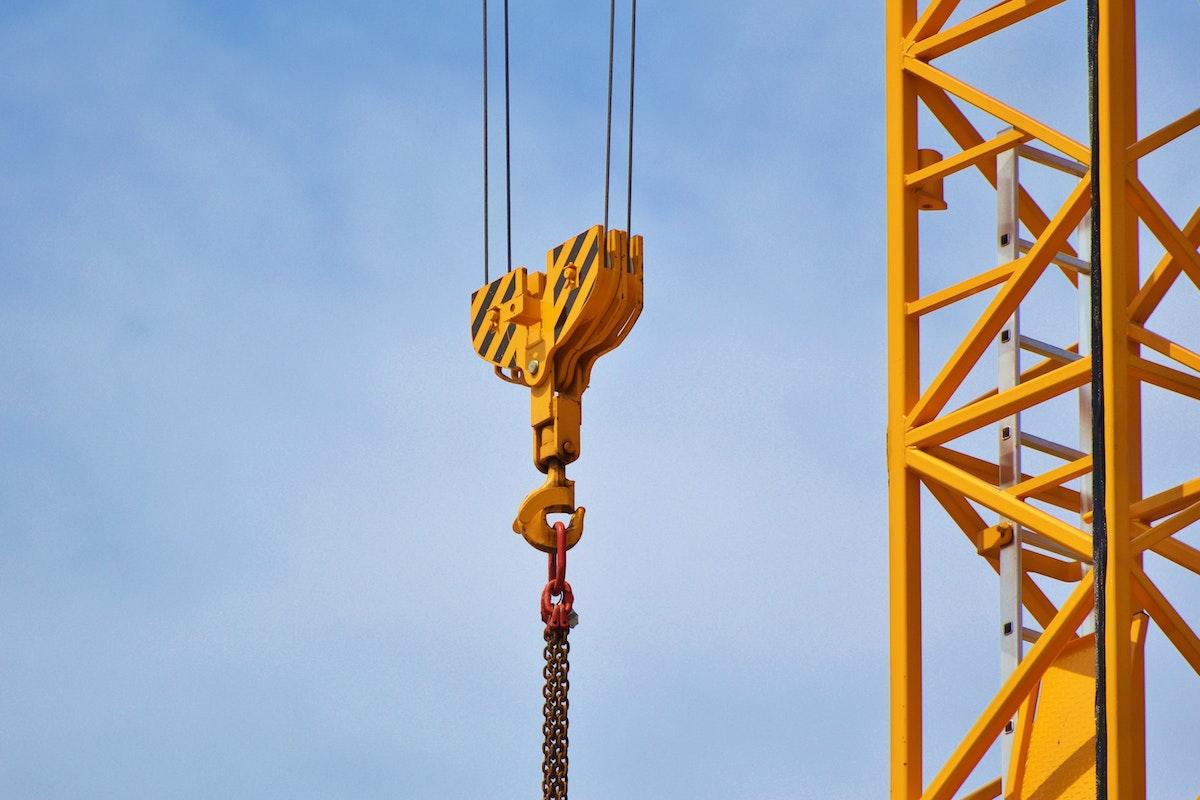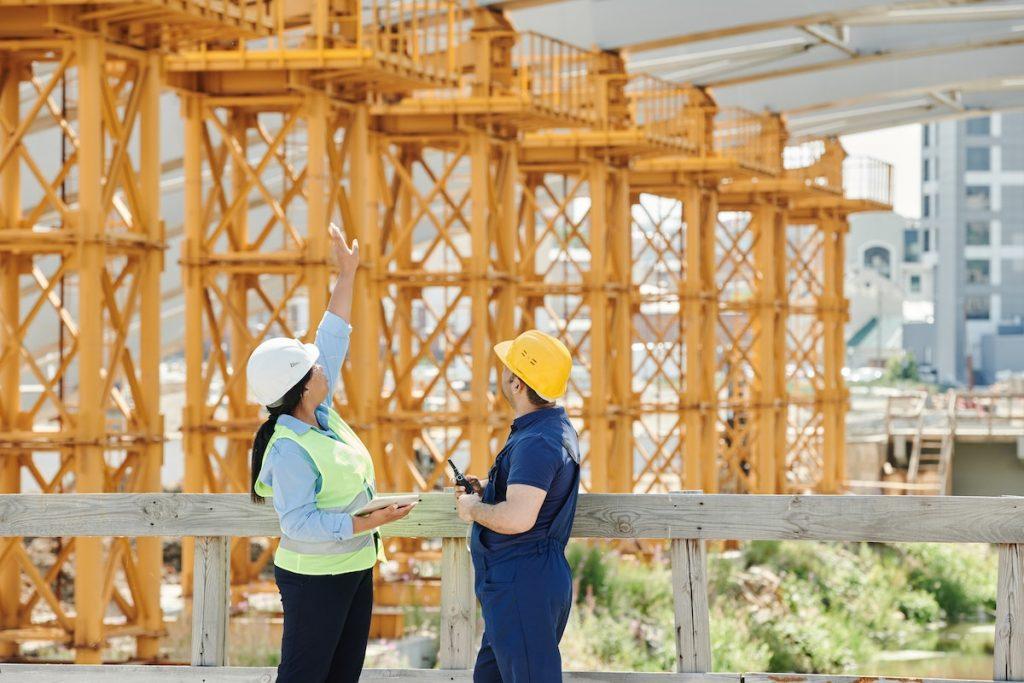• Utilize mobile cranes and forklifts to transport materials quickly over long distances.
• Invest in rigging tools such as safety straps, synthetic web slings, shackles, hoists, and pulleys for secure loading and unloading of heavy items.
• Optimize fleet vehicles by conducting regular maintenance and inspections and utilizing bulk transport options when necessary.
• Plan out routes ahead of time in order to reduce fuel costs and optimize transportation times.
When it comes to constructing any type of structure, the transportation of materials is a vital part of the process. If you’re not doing this in an efficient manner, your entire project can come to a standstill. Fortunately, there are several ways to ensure that your materials get from point A to point B quickly and without issue. Here are some of the most effective tips for companies.
Utilizing Mobile Cranes and Forklifts
One of the best ways to transport materials during construction is using mobile cranes or forklifts. These pieces of equipment allow for easy loading and unloading of heavy items like building blocks, lumber, and other heavy equipment.
Additionally, they can be moved around with relative ease compared to traditional lifting mechanisms. This makes them ideal for moving large amounts of material over long distances.
Furthermore, these pieces of equipment are relatively inexpensive compared to other transportation forms, such as trucks or helicopters. You only need to train a few operators to use them, making them even more cost-effective.

Investing in Rigging Tools
Rigging tools are another great way to transport materials during a construction project. These pieces of equipment allow for the efficient loading and unloading of heavy items, making them perfect for moving large amounts of material over short distances. Here are some common examples to consider:
Safety Straps
Safety straps are an essential piece of rigging equipment that is used for securely attaching materials to a crane or forklift. They help keep items in place during transportation and ensure that no items slip out during the process.
Safety straps come in different sizes, so choosing the right size for the load being moved is important. Additionally, they should be inspected before each use to ensure that they are in good condition and can safely carry the load.
Synthetic Web Slings
Acquiring durable synthetic web slings that are also lightweight and versatile can enable teams to easily handle heavy loads. They are available in a variety of styles and sizes to suit virtually any application, so you’ll be sure to find the perfect fit for your needs. Unlike traditional metal or wire rope slings, web slings are easier to store and offer higher levels of safety.
Shackles, Hoists, and Pulleys
These pieces of equipment are essential for transporting smaller items like electrical wiring or plumbing fixtures. They enable teams to move heavy items quickly and safely without straining their back. Additionally, they can be used in conjunction with other rigging tools to create a more efficient transport system.

Optimizing Your Fleet Vehicles
By optimizing your fleet vehicles, you’re essentially ensuring that your vehicles are capable of carrying the maximum amount of weight possible while still being able to move safely from one location to another. Aside from making sure that all safety regulations are strictly adhered to, here are some tips to take note of:
Ensure Proper Vehicle Maintenance
Proper fleet maintenance is essential to keeping your vehicles running efficiently and safely. This includes regularly checking and servicing engine parts, brakes, tires, filters, hoses, and belts and inspecting other vital components such as steering systems and lights. It’s important to ensure that all vehicles are properly maintained to avoid any breakdowns or accidents during transportation.
In addition to regular maintenance, it’s important to conduct regular vehicle inspections as well. You should also ensure that all documentation related to each vehicle is kept up to date, as this can help you identify potential problems before they become more serious.
Use Bulk Transport Options
Bulk transport options may be the best solution for larger projects where you need large amounts of material transported over long distances. This could involve hiring specialized trucks or trains which have been designed specifically for carrying large amounts of cargo over long distances quickly and efficiently.
The added cost of these services should be weighed against how much time and effort it would take otherwise. If it’s more cost-effective, then utilizing bulk transport options may be worth considering for your particular project needs.
Route Planning
Finally, route planning is essential for optimizing your fleet vehicles. By carefully mapping out each journey ahead of time and identifying any potential obstacles or delays, you can ensure that materials arrive at their destination on time. This also helps reduce fuel costs and carbon emissions by reducing the time spent idling in traffic or making unnecessary detours.
Following these tips ensures that your materials are transported efficiently and safely during a construction project. Taking the time to plan out your transportation needs beforehand will help you save time and money in the long run and reduce stress along the way. Ultimately, streamlining your materials transport will enable your team to concentrate on more important aspects of the construction project.






